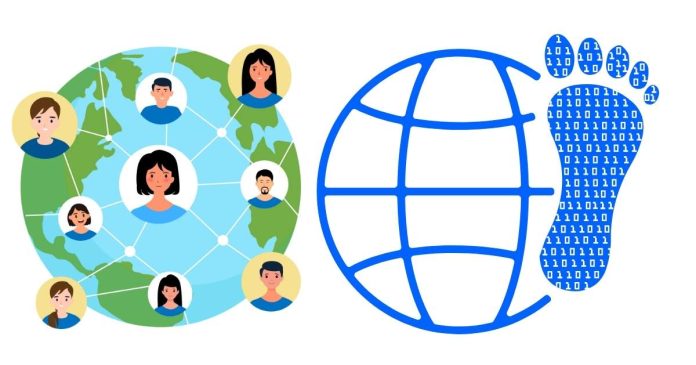Network footprinting is the process of gathering information about a specific network or computer system. It’s like creating a detailed map of a network, identifying all its components and their characteristics.
Think of it like this: Imagine you’re planning a road trip. Before you set off, you’d likely consult a map to understand the route, identify potential obstacles, and plan your journey accordingly. Network footprinting does something similar for your network.
Here’s what network footprinting involves:
- Identifying network devices: This includes computers, servers, routers, switches, firewalls, and other devices connected to the network.
- Discovering network services: Identifying the services running on each device, such as web servers, email servers, and file servers.
- Mapping network topology: Understanding how devices are connected to each other, forming a visual representation of the network structure.
- Identifying vulnerabilities: By analyzing the gathered information, security professionals can identify potential vulnerabilities in the network.
Why is network footprinting important?
- Enhanced security: By understanding the network’s landscape, organizations can better identify and mitigate security risks.
- Improved network performance: Network footprinting can help identify bottlenecks and optimize network traffic flow.
- Efficient troubleshooting: When network issues arise, having a detailed map of the network can significantly speed up troubleshooting efforts.
- Compliance: Some industries have compliance requirements that necessitate detailed network documentation.
Network footprinting techniques:
- Manual methods: Involve manual inspection of network devices and configuration files.
- Automated tools: Utilize software tools to scan the network and gather information automatically. Popular tools include Nmap, Nessus, and Wireshark.
By conducting regular network footprinting, organizations can gain valuable insights into their network infrastructure and proactively address potential issues.


